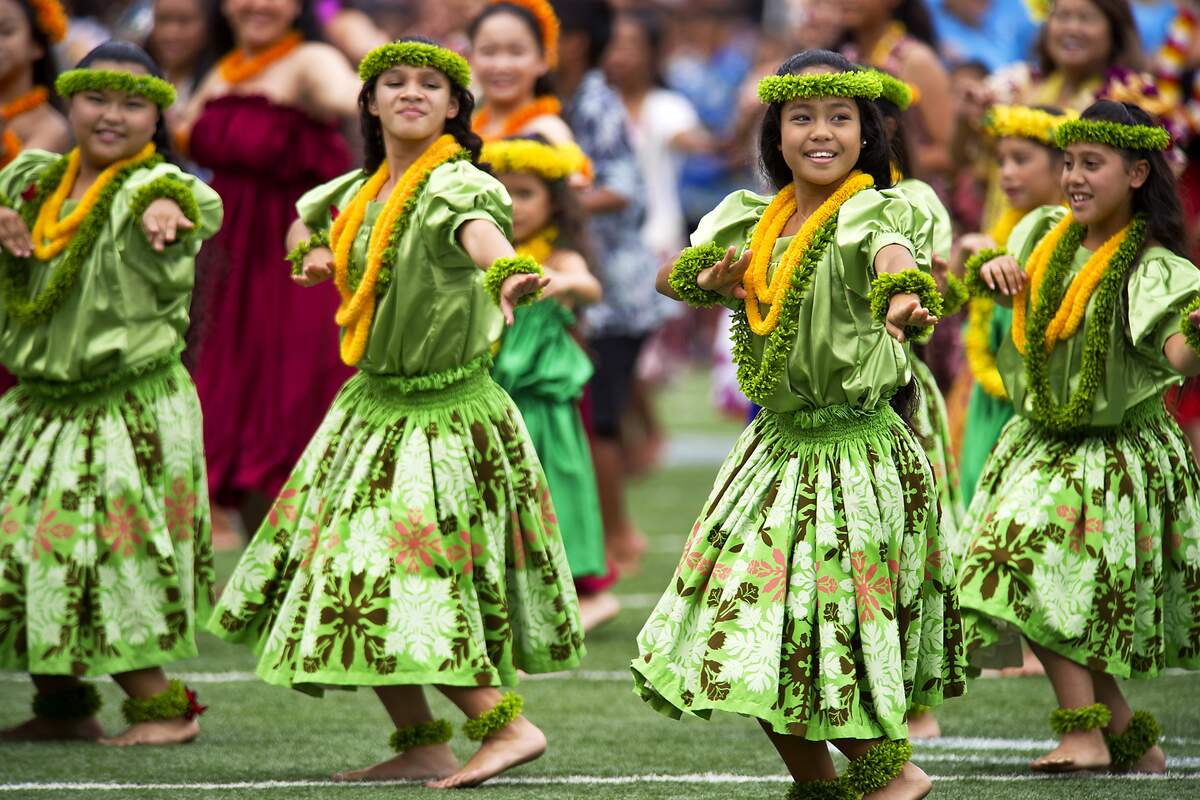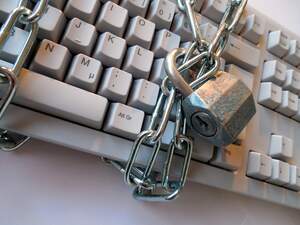

Hula in the Coola Day
It may be cold outside, but today people venture out to hula, and maybe even have a luau, regardless of temperature. The hula dance goes back to ancient times, and different Hawaiian islands claim to be its birthplace. Its creation is steeped in myth and legend, and most stories connect the beginnings of hula dancing to Hawaiian goddesses. It is accompanied with a chant called an oli, or a song called a mele. The words of the oli or mele are expressed in dance form. There are different types of hula dances, and there are two main categories. Hula kahiko is ancient hula performed by those native to the islands; it is done with chants and musical instruments. Hula ʻauana evolved with Western influences in the nineteenth twentieth centuries; it is accompanied with Western-influenced musical instruments such as the guitar, ukulele, and double bass. Hula dancing can be done while sitting, which is known as the noho dance, or by standing, which is known as a luna dance. Some hula dances use both types.
The first European to arrive in the Hawaiian islands was James Cook; he arrived in 1778 and observed hula performances. Following the arrival of Europeans, Hawaiian culture began to change. Goods were introduced and Hawaiians began travelling on European vessels. Following the death of Kemehameha I, in 1819, kapu, a traditional Hawaiian culture and religion, was banned. Kapu had been introduced around the thirteenth century, and had been the primary control mechanism of Hawaiian society. Shortly after the banning of kapu, the first Protestant missionaries arrived on the islands. The missionaries were against hula, but they did not have the power to ban it. In 1830, Kamehameha I's widow, Ka`ahumanu, the queen regent and recent convert to Christianity, banned public hula performances—but it was not successful and was ignored. Ka`ahumanu died two years later, and by 1836, formal hula performances were part of state banquets.
Through the following decades, many Christian Hawaiians tried to get rid of hula dancing, as they saw it as immoral; but it continued to thrive, especially in rural areas. At the time, hula schools also operated in Hawaiian islands such as Maui, Oahu, and Kauai. It remained the favorite dance of all social classes of Hawaiians.
In 1874, King David Kalakaua, known as the Merrie Monarch, took the throne, and hula dance again officially was made public. He died in 1891, and his sister Liliʻuokalani succeeded him. She was overthrown in 1893, and hula no longer was officially part of government.
Hula continued to evolve in the twentieth century. People from all parts of the world visited the islands, and Hawaiians took their traditions to many countries. Hollywood began adopting hula, and songs composed in English about Hawaii were written, such as "My Little Grass Shack" and "Blue Hawaii." In the early 1960s, a Hawaiian festival of local culture was created during the slow season of March and April. Called the Merrie Monarch Festival, it is named in the honor of the nineteenth century king who supported hula. The highlight of the festival is a hula competition. Since its creation, the festival has influenced hula teaching and performance. In the twenty-first century, hula dance continues to evolve and spread. Ethnic Hawaiians live all over the world, and hula dance is now studied and practiced in the mainland United States, Mexico, Canada, Japan, and throughout Europe.
How to Observe Hula in the Coola Day
Celebrate the day by going outside to hula dance. Bring tiki torches, grass skirts, Hawaiian drinks, and leis, and have a full-on luau. It may be a good idea to bring a few space heaters outside as well. Make sure you are prepared to hula; read some tips about the dance online, or pick up a book to help you. You also could spend the day learning more about the history of the hula dance, by picking up a copy of Hula Historical Perspectives. Why not also plan a trip to Hawaii during the Merrie Monarch Festival?





















